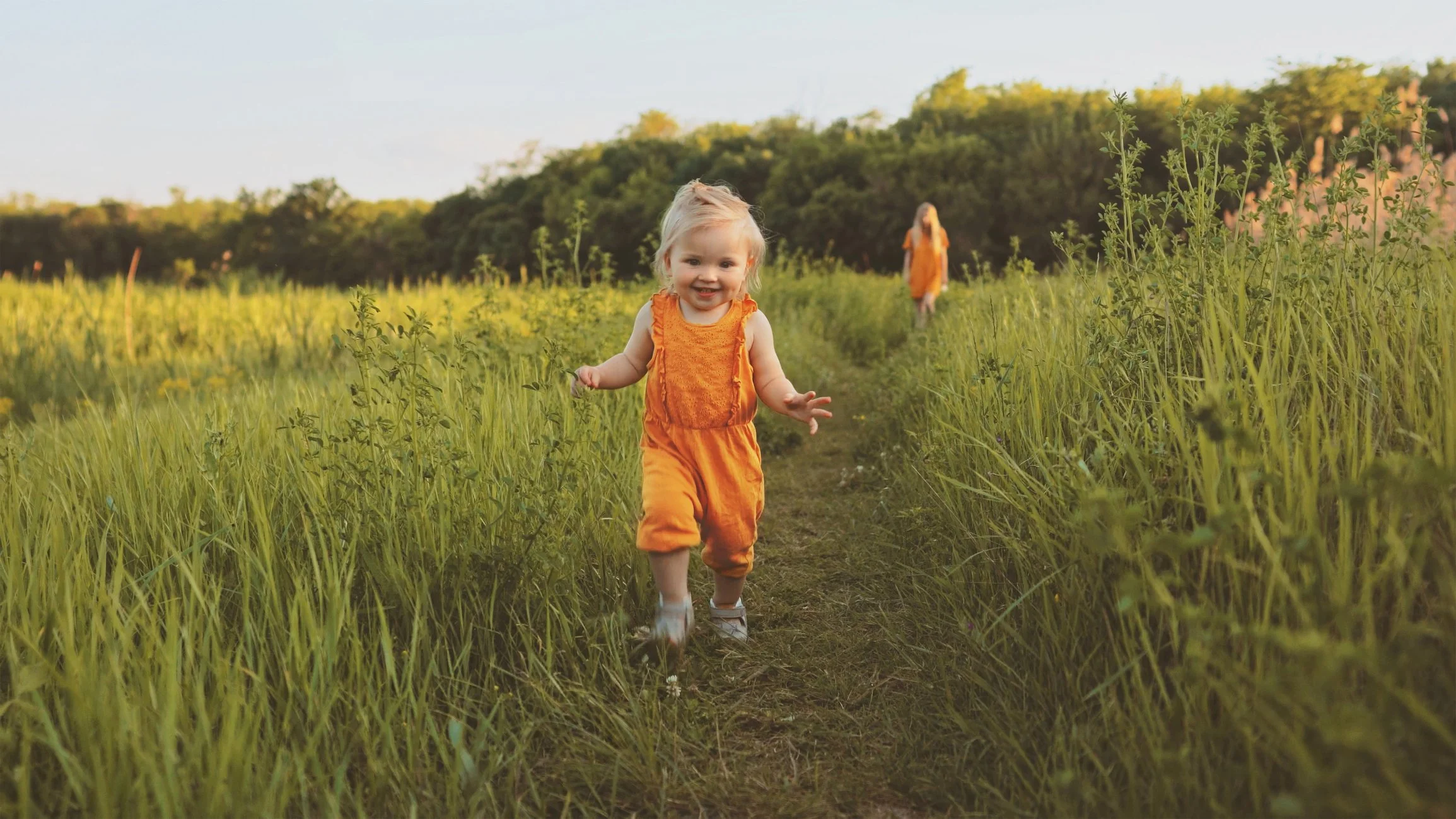Embracing Outdoor Play: Rural Adventures for Little Explorers
At preschool, some of our most magical learning moments happen outside. A perfectly shaped leaf becomes a treasure, a line of ants becomes a fascinating study in teamwork, and a puddle becomes a science experiment. In our wonderful community, we are surrounded by an incredible, natural playground that offers endless opportunities for our children to grow, learn, and explore.
So, how can you extend that sense of wonder and discovery beyond the school day? It’s easier—and more beneficial—than you might think!
Why Unstructured Outdoor Play Matters
In a world filled with schedules and screens, unstructured outdoor play is more important than ever. This is simply "free play" where children lead the way, using their imaginations to explore the world around them. When we let children play freely outside, we are giving them the tools to:
Build Stronger Bodies and Minds: Running, jumping, climbing, and balancing on uneven ground builds gross motor skills and physical resilience. The fresh air and physical activity also improve mood, concentration, and even help children sleep better at night.
Develop Creativity and Problem-Solving: How do you build a fort with only sticks and leaves? How do you get a roly-poly to crawl onto a leaf? Without pre-set rules, children must think creatively, negotiate with friends, and solve real-world problems.
Boost Social Skills: Children learn to cooperate, share discoveries, and create imaginary worlds together when playing outdoors. It’s a natural environment for developing healthy friendships and communication skills.
Cultivate a Respect for Nature: By interacting with the natural world firsthand, children develop a deep appreciation and respect for their environment. They learn that they are part of a much larger, interconnected world.
Simple Adventures for Your Little Explorer
You don’t need elaborate plans or expensive equipment to have an adventure. The best explorations often come from the simplest ideas.
Go on a "Listening Walk": Find a quiet spot in your yard or a nearby park. Sit for one minute and have everyone share what they heard. Was it a bird chirping, the wind in the corn stalks, a tractor in the distance, or a buzzing bee?
Nature’s “I Spy”: Give prompts that encourage observation. "I spy something bumpy" (tree bark), "I spy something yellow that isn't a flower" (a leaf turning color), "I spy something that crawls" (an ant or beetle).
Build a Bug Hotel: Find a small, quiet corner of your yard and lay down some old sticks, pinecones, and pieces of bark. Explain that you’re creating a safe home for little critters. Check back every few days to see if you have any new residents!
Mud Painting & Kitchens: An old paintbrush, a bucket of water, and a patch of dirt are all you need for "mud paint." Let your child paint trees, rocks, or even the side of an old shed. A few old pots and pans can turn that same patch of dirt into a "mud kitchen" for hours of imaginative play.
Create Leaf and Bark Rubbings: Place a piece of paper over a leaf or the bark of a tree and rub the side of a crayon over it. Your child will be amazed as the texture magically appears on the paper!
Exploring Our Community’s Backyard
We are fortunate to have some wonderful local spots perfect for a family adventure. A visit to the Winamac Town Park offers beautiful riverfront property for a walk and a playground. For a bigger adventure, Tippecanoe River State Park is right here in our county, offering easy hiking trails and a 90-foot fire tower for an incredible view of the countryside. Just a short drive away, the Panhandle Pathway provides a safe, paved trail perfect for a family bike ride or walk.
A Quick Note on Rural Safety
Exploring our beautiful landscape also means being prepared. Here are a few things we practice at school that are great for home, too:
"Leaves of three, let it be." Teach your children to recognize and avoid poison ivy, which is common in our area along fencerows and in wooded spots.
Dress for Success: Long pants and closed-toe shoes can help protect against scratches and insect bites. Always do a quick check for ticks after playing in grassy or wooded areas.
Respect Wildlife: Remind children to observe animals from a distance and never touch or feed wild animals, no matter how small.
Sun Safety: Even on cloudy days, a hat and sunscreen are important for protecting delicate skin.
By embracing the outdoors, we give our children the space to be curious, creative, and confident. We show them that learning is everywhere and that an adventure is always waiting, right in our own Indiana backyard.

